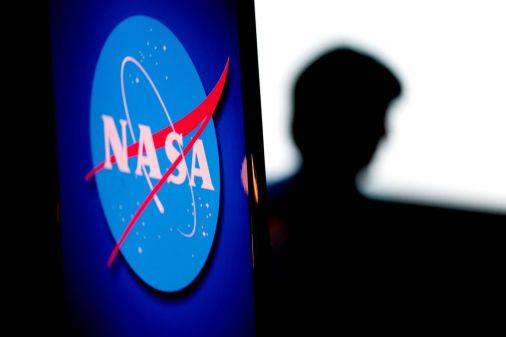First humanoid robot in space snags NASA invention award
More than 200 people from 15 countries have traveled to the International Space Station, but just one robot has ever walked in the Earth-orbiting station. And now it’s won NASA’s Government Invention of the Year.
Called Robonaut 2 — R2 for short, which is a nod to R2D2 of “Star Wars” fame — the humanoid robot was the first to operate in a moving space vehicle without a cage and to use human tools in space. Since 2011, the Robonaut has been at the International Space Station working alongside astronauts in spacewalks and assisting in space stations maintenance, like performing air measurements and cleaning handrails. R2 can hold tools like a drill or use a pair of wire-cutters and sort through a bin of parts, NASA said. The robot is best suited for work that is ergonomically difficult, repetitious, fatiguing or unsafe, according to the agency.
“I am proud of the entire Robonaut team that made this achievement possible and look forward to future robotic firsts that I have no doubt they will accomplish,” Ron Diftler, project manager for the Robonaut team at NASA’s Johnson Space Center, said in a statement. The NASA Invention and Contributions Board, NASA general counsel, and NASA Administrator Charlie Bolden selected the robot from a pool of other innovations for its excellence in several areas, such as aerospace, industry and humanitarian significance.
In addition to traveling to space, the humanoid robot has laid the groundwork for dozens of patents. NASA teamed up with General Motors to create new vision systems, image recognition systems, sensor integrations, tendon hands and control algorithms for R2.
“R2’s nearly 50 patented and patent-pending technologies have the potential to be game-changers in multiple industries, including logistics and distribution, medical and industrial robotics, as well as hazardous, toxic, or remote environments,” NASA’s website says.
The robot’s technologies hold particular promise in telemedicine. In fact, NASA is working with the Houston Methodist Research Institute to train the R2 to perform medical procedures in remote locations — and potentially even space. For more on that, watch the video below.




